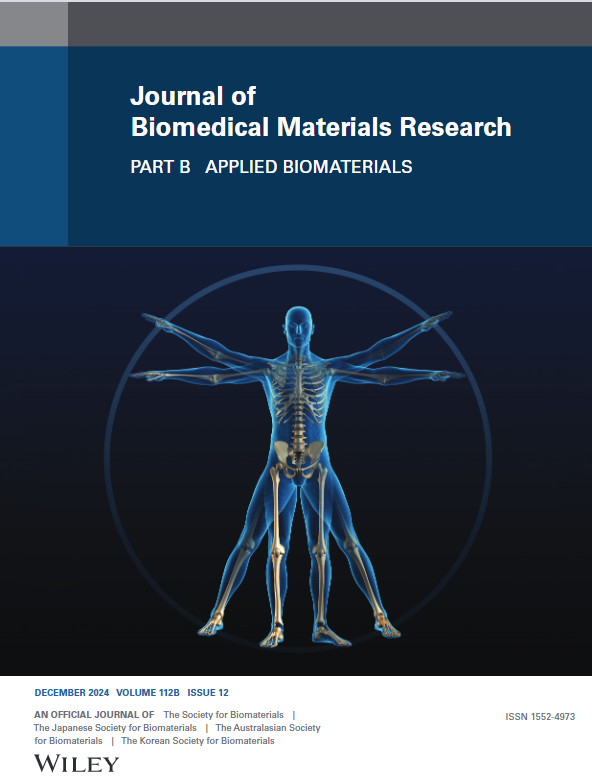Accelerated In Vitro Oxidative Degradation Testing of Ultra-High Molecular Weight Polyethylene (UHMWPE)
Abstract
Nonabsorbable polymers used in biomedical applications are assumed to be permanently stable based on short-term testing, but some may be susceptible to oxidative degradation over several years of implantation. Traditional in vitro oxidative degradation screenings employ hydrogen peroxide (H2O2) solutions. However, the inherent instability of H2O2 can compromise the consistency of oxidative conditions, especially over extended periods and at elevated temperatures used for accelerated testing. In this study, an automated reactive accelerated aging (aRAA) system, which integrates an electrochemical detection method and a feedback loop, was utilized to ensure precise control of H2O2 concentrations during polymer oxidative degradation testing. The reproducibility of the aRAA system was evaluated by comparing four identical setups. Its efficacy as an oxidation challenge was demonstrated on (i) medical-grade vitamin E (VE) blended ultra-high molecular weight polyethylene (UHMWPE) and (ii) highly crosslinked (HXL) UHMWPE as model materials. The aRAA-aged VE-UHMWPE and HXL-UHMWPE samples were also compared against samples aged via an existing accelerated aging standard, ASTM F2003-02(2022). Samples were analyzed using attenuated total reflectance Fourier transform infrared (ATR-FTIR) spectroscopy to calculate their oxidation index per ASTM F2102-17. We observed that the aRAA system was more effective in oxidizing VE-UHMWPE and HXL-UHMWPE than the traditional ASTM F2003-02(2022) method. By providing a standardized and reliable approach to assess polymer oxidative degradation, the aRAA system could enhance the accuracy of long-term stability predictions for nonresorbable polymers in medical devices.

 求助内容:
求助内容: 应助结果提醒方式:
应助结果提醒方式:


